BAUCOR DESIGNS AND MAKES HIGH QUALITY INDUSTRIAL CUTTING TOOLS THAT LAST LONGER THAN EVER

BAUCOR DESIGNS AND MAKES HIGH QUALITY INDUSTRIAL CUTTING TOOLS THAT LAST LONGER THAN EVER
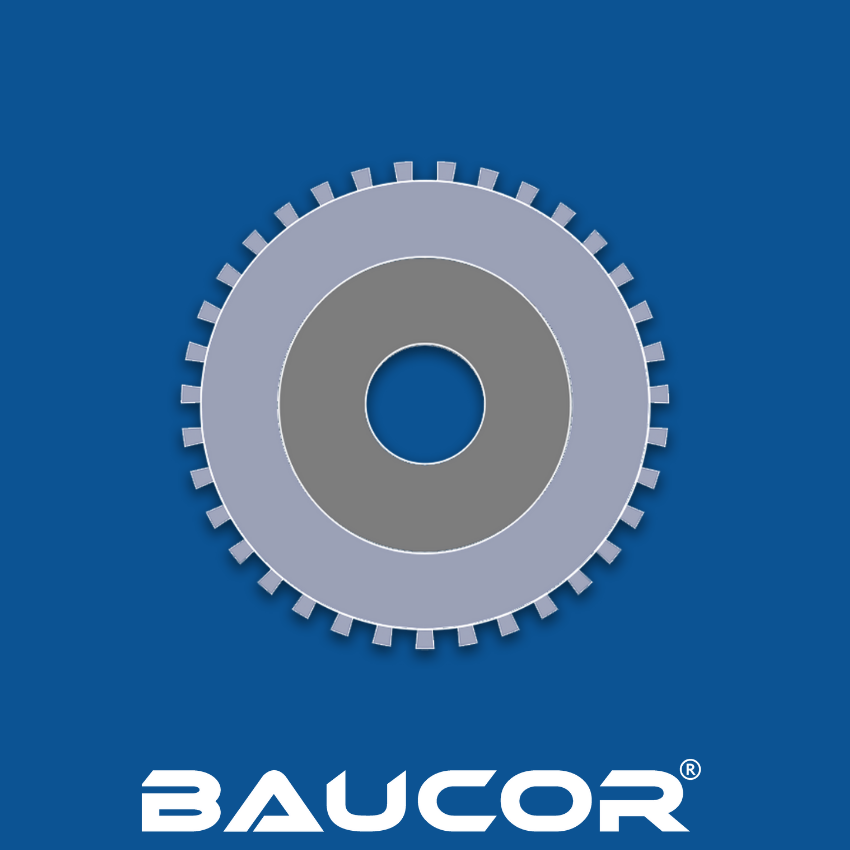
Cutting tools are used in various applications to cut through materials such as metal, wood, plastic, and more. Specialty cutting tools are designed to cut specific types of materials or workpieces in a particular way.
Common examples of industrial cutters include band saws, circular saws, and tray sealer knives. These cutting tools are essential for various tasks, such as cutting large pieces of material into smaller pieces or shaping the material into a specific form or shape.
Cutting tools are typically made from high-carbon metals, such as stainless steel, which makes them tough and durable.
Baucor designs and manufactures high quality industrial cutting tools and specialty parts engineered to last longer than ever. Whether you have a print or a rough sketch or even an idea that you need turned into a specialty tool, Baucor is fully capable to manufacture precision custom cutting tools and cutters just in days. Our specialty tools are designed and manufactured for cutting, slicing, chopping, die cutting, guillotine cutting, slicing, press cutting, turning, milling and many more.
Whether you are in converting, machinery, equipment, or any other industry, turn to Baucor just like thousands of others for the right and optimum solutions, At its high-end facilities, Baucor is committed to designing and manufacturing precision cutting tools and cutter parts. We use high grade ground hardened tool steels, alloy steels, stainless steels and tungsten carbide grades of our customers' choice based on their application.




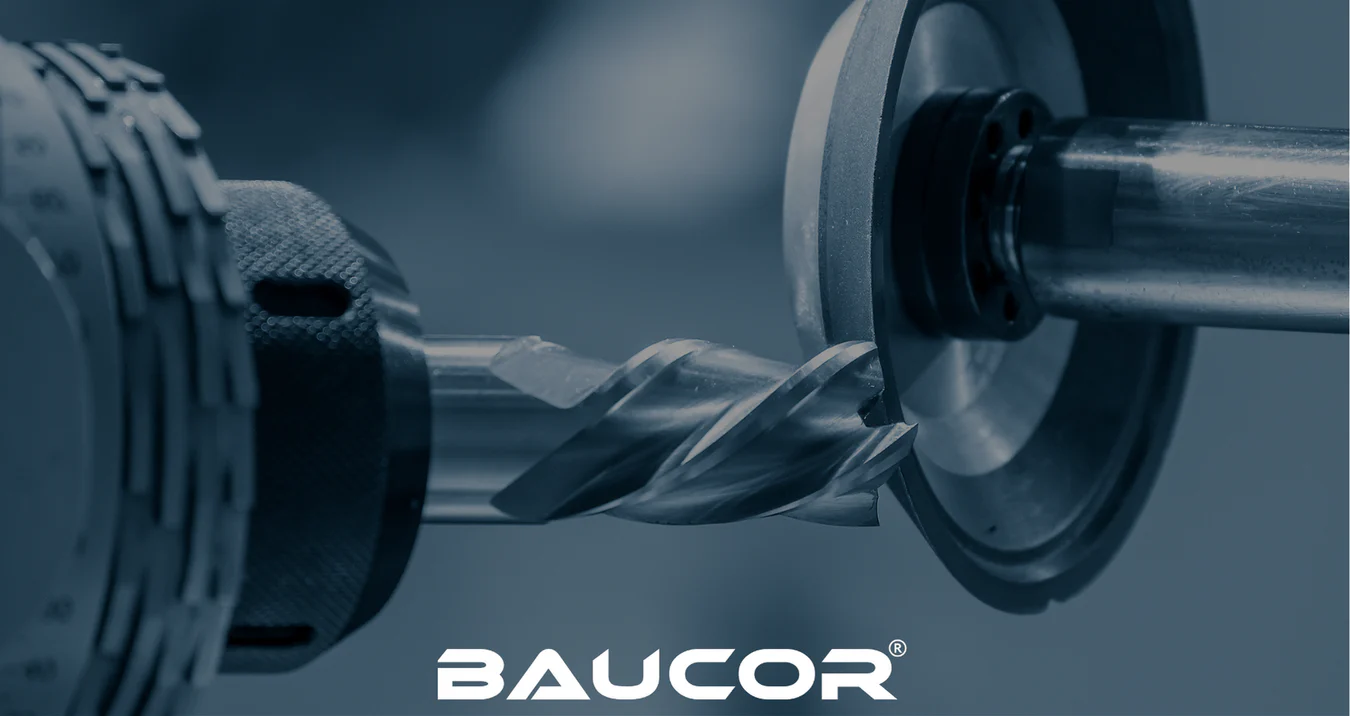
From prototyping to high volume production, BAUCOR® provides highest quality technical expertise and capabilities in manufacturing your cutting tools.

BAUCOR® is highly specialized in manufacturing custom industrial blades. If you need your knives manufactured to your exact requirements, please contact us now.
From a size of a couple of millimeters to a size of 100"(2540 mm), Baucor is highly specialized in manufacturing specialty tools and industrial cutters per sample and drawing. If you need your specialty tools and industrial cutters manufactured to your exact requirements, please contact us now get to a free quote. If you have a drawing, sketch or written specifications for the blade you need, please let us know or else we can design and engineer it for you.

Small or large, BAUCOR® manufactures all types and shapes of precision circular blades in nearly all materials available in the market.

Whether it is 5mm or 2500mm long, BAUCOR® has the right capacity and advanced capabilities to manufacture precision industrial blades.

Did you know that BAUCOR® has manufactured tens of thousands of precision punch blades? Get your quote today!

Manufacturing custom industrial blades is no easy task that anyone can handle. That's why BAUCOR® is here to help!
There are many advantages of using cutting tools:

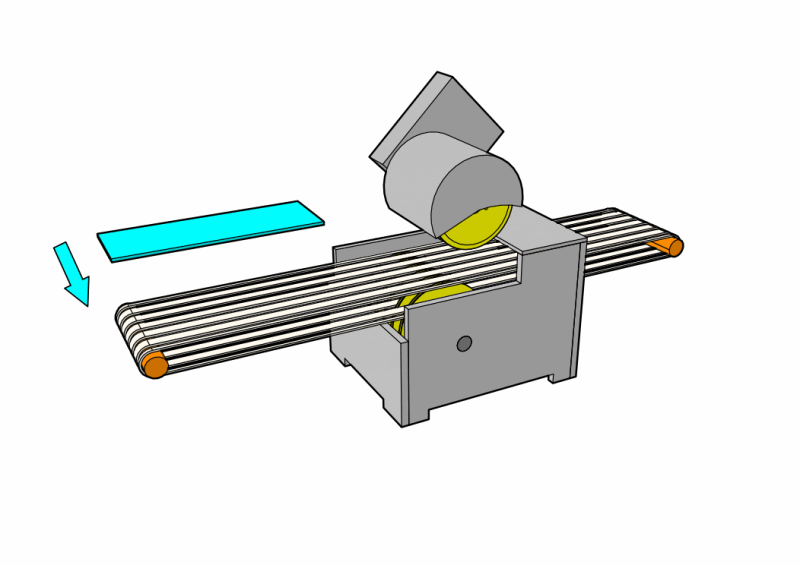

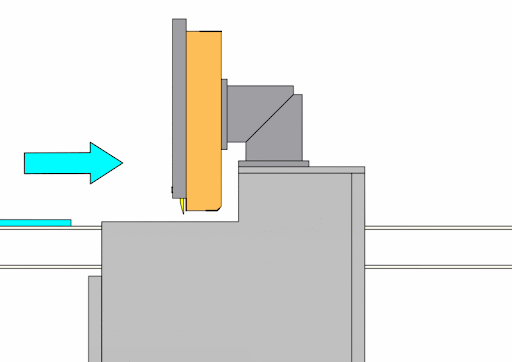

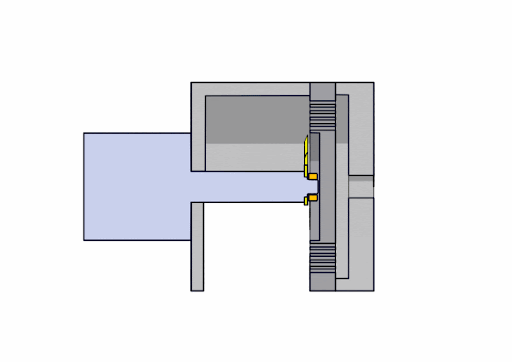
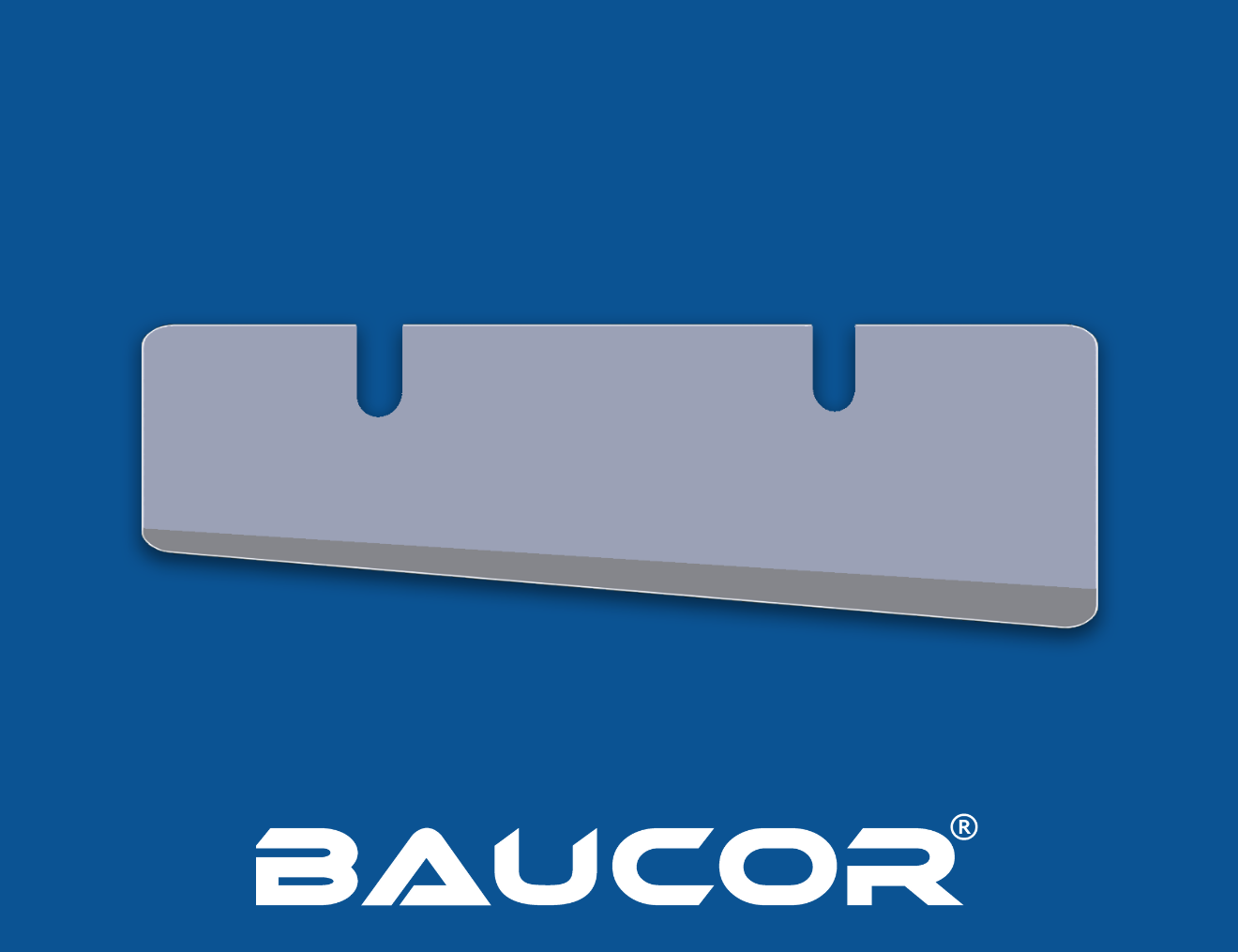
BAUCOR® manufactures razor and straight blades as small as 5mm and as large as 2500mm.

Punch blades must be made to exact specs. Turn to BAUCOR® just like thousands of customers around the world.

Whether you need circular slitter blades or flat slitter blades, BAUCOR® is here to turn your design into precision part.

BAUCOR® manufactures precision top quality toothed blades in all shapes and form.

Need to make a slit or cut through your material as precise as possible? BAUCOR® pointed blades are of highest quality in the market.

Top and bottom shear and slitter blades from BAUCOR®.

American or European style! BAUCOR® has the correct holder for you!